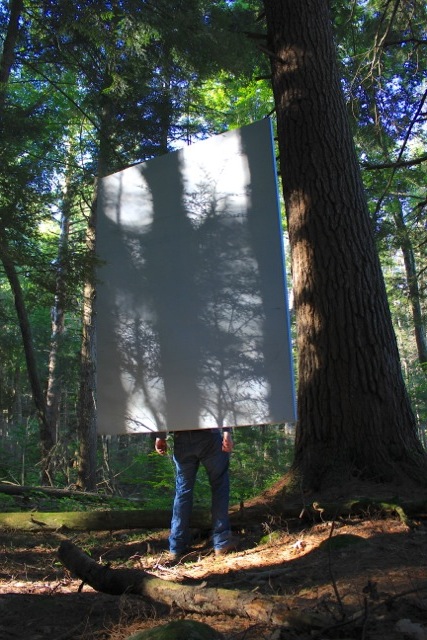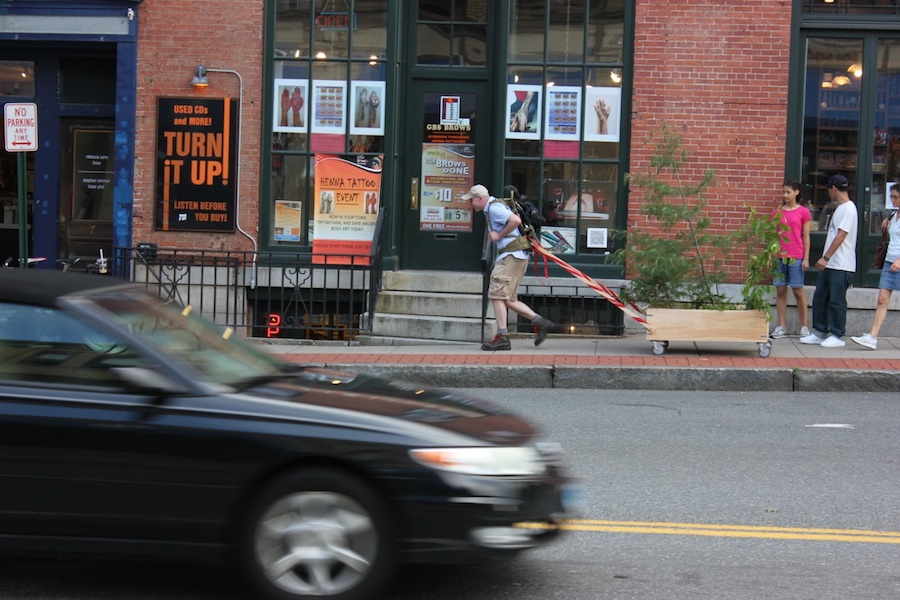SPACE INVADERS
Juror and Curator Samuel Rowlett



Samuel Rowlett is an artist and writer living in Western Massachusetts. Utilizing wayfinding techniques, his work synthesizes performance, sculpture, and digital media, through the lens of painting and drawing. His artwork has been exhibited widely and his writing has been featured in Hyperallergic and Boston’s art journal, Big, Red & Shiny. Rowlett has received fellowships from Yale University School of Art, the Vermont Studio Center, and the Massachusetts Cultural Council Artist Fellowship in Sculpture/Installation/New Genres. His most recent curatorial projects include No Country For Old Men at Landmark College, Putney, VT, and The Known Universe, MASS MoCA Kidspace/Teenspace, North Adams, MA. Rowlett is an Associate Professor of Art at Landmark College in Putney, Vermont. His work can be viewed at samuelrowlett.com.
Thoughts on Space
The fifth blackbird says it best, in Wallace Stevens’ poem "Thirteen Ways of Looking at a Blackbird" and offers an interesting conceptual examination of the importance of space as an integral function of aesthetic processes:
V
I do not know which to prefer,
The beauty of inflections
Or the beauty of innuendoes,
The blackbird whistling
Or just after.
Here space, in the form of time, creates a kind of echo chamber in the ears and mind. Space gives Stevens the time to understand and appreciate the full beauty of a thing, in this stanza space is an equal to the event itself. The poem questions whether one comprehends something while it is happening or in the space after it has happened.
Similarly, in John Cage’s composition, "Four Minutes, Thirty-Three Seconds" in which the musicians are instructed not to play their instruments, it is the members of the audience (coughs and all) who fill the space of the score. Here 4’33” serves as a mirror of self-consciousness, reflecting an awareness of the space the audience occupies in the theater and the role listening plays in forging connections to the world.
If we think of architecture, perhaps it is not the building itself but the space the building creates that is of most importance to us? Moreover, if we follow this logic, perhaps there is more going on in-between the buildings than inside them? The public spaces: the piazza, the town square, the green, the commons, the streets serve as places of meeting, of coming together, of dialogue, places of protest, of catalyst, of understanding and misunderstanding, places of change.
If we think of drawing, of mark-making, might we consider that the space between the marks is just as important as the marks themselves?
Is what is edited out of the work just as important as what is kept in it?
If science tells us that matter can neither be created nor destroyed, is the absence of a thing still the thing?
– Samuel Rowlett, October 9, 2017
